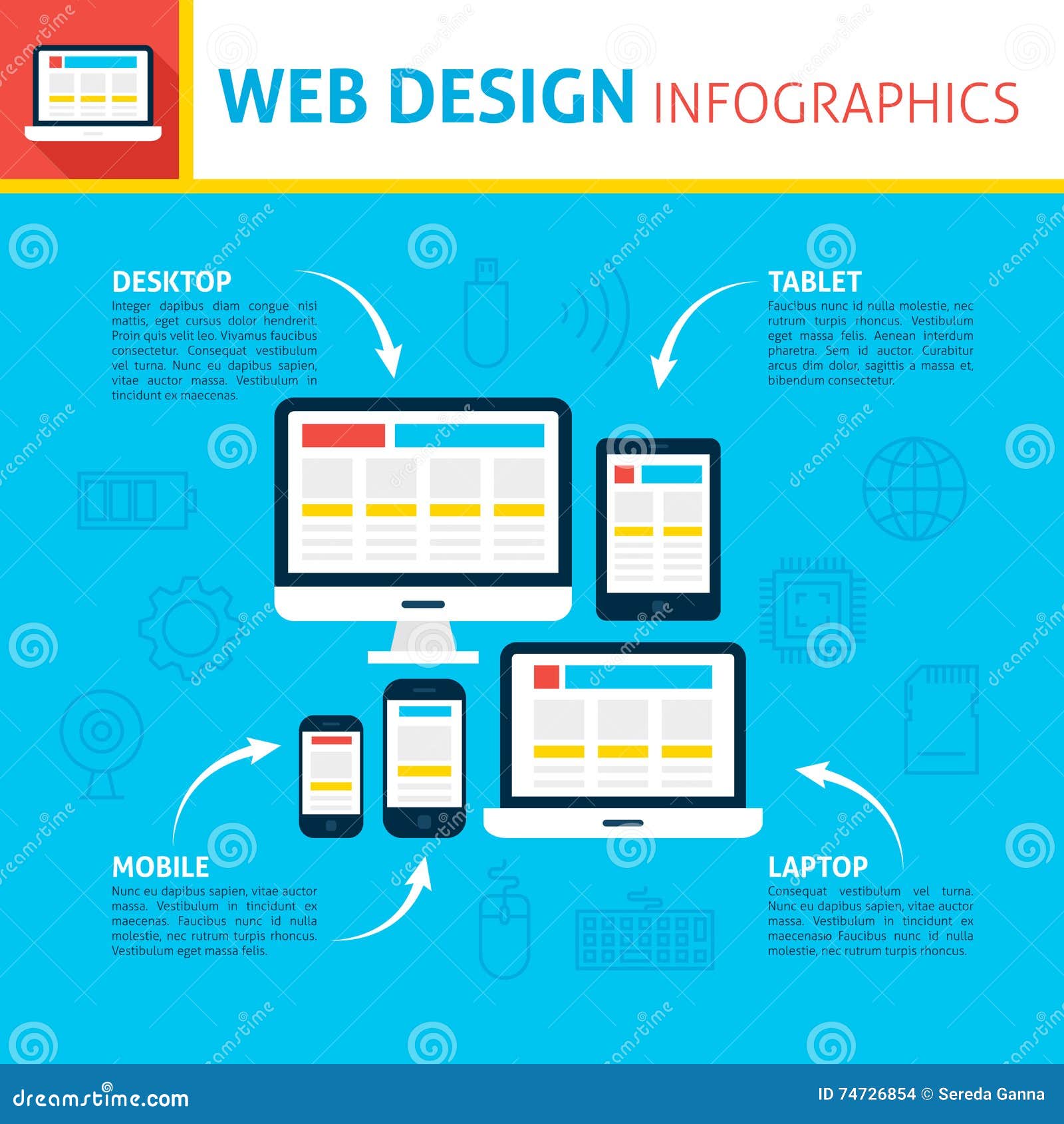The Growth Of Site Style: From Earlier Times To Currently
The Growth Of Site Style: From Earlier Times To Currently
Blog Article
Content Created By-Kahn Clarke
In the past, websites were easy and concentrated on details. Navigation was direct, and layout was for desktop computers. Currently, individual experience is key. Data guides styles for simple navigation. Responsive designs match various gadgets. Today, dark setting lowers strain, and minimalist food selections boost navigating. Interactive features engage customers, and vibrant visuals attract attention. AI assimilation increases interaction. See exactly how design has developed to enhance your online journey.
Early Days of Website Design
In the very early days of website design, simplicity preponderated. Internet sites were basic, with minimal shades, font styles, and formats. The focus was on offering info instead of showy visuals. Customers accessed the net with slow dial-up links, so rate and capability were essential.
Navigation menus were straightforward, generally situated on top or side of the page. Web sites were designed for desktop, as mobile surfing wasn't yet widespread. Web content was king, and designers prioritized simple readability over intricate layout components.
HTML was the primary coding language used, and developers needed to work within its restrictions. click here to investigate and interactive attributes were minimal compared to today's criteria. Internet sites were fixed, with little vibrant material or tailored customer experiences.
Surge of User-Focused Layout
With the development of internet site layout, a shift in the direction of user-focused style concepts has actually become significantly famous. Today, producing sites that focus on user experience is vital for engaging visitors and attaining organization goals. User-focused design entails comprehending the needs, preferences, and behaviors of your target market to customize the site's layout, web content, and features as necessary.
Designers currently perform comprehensive study, such as customer surveys and usability testing, to gather insights and responses directly from customers. This data-driven method aids in creating instinctive navigation, clear calls-to-action, and aesthetically enticing interfaces that resonate with site visitors. By placing the user at the facility of the style process, internet sites can supply an extra customized and enjoyable experience.
Receptive style has actually likewise become an essential facet of user-focused style, making sure that web sites are enhanced for various devices and display sizes. This versatility boosts availability and functionality, dealing with the diverse ways customers engage with sites today. Basically, the rise of user-focused design indicates a shift in the direction of developing digital experiences that prioritize the requirements and assumptions of completion customer.
Modern Trends in Web Design
Check out the most recent patterns forming web design today. One noticeable pattern is dark setting style, supplying a smooth and contemporary look while reducing eye pressure in low-light settings. One more key trend is minimal navigating, streamlining menus and enhancing customer experience by focusing on essential elements. Integrating micro-interactions, such as computer animated switches or scrolling results, can create a more engaging and interactive web site. Receptive layout stays crucial, making certain smooth customer experiences throughout different tools. Furthermore, making use of bold typography and unbalanced layouts can include aesthetic interest and draw attention to details web content.
Integrating AI technology, like chatbots for consumer assistance or tailored recommendations, enhances customer engagement and improves processes. Access has also end up being a substantial pattern, with developers prioritizing inclusive design methods to accommodate varied individual demands. Accepting sustainability by optimizing site efficiency for rate and performance is an additional emerging trend in web design. Teaming up with visit the up coming webpage and data analytics to repeat and boost style continually is important for staying pertinent in the ever-evolving electronic landscape. By welcoming these modern trends, you can produce an aesthetically enticing, user-friendly web site that reverberates with your target market.
Verdict
As you reflect on the advancement of website style from the very early days to now, you can see exactly how user-focused style has actually ended up being the driving pressure behind contemporary fads.
Accept the journey of adjustment and adaptation in website design, constantly maintaining the individual experience at the center.
Tippingpointdigital
Keep present with the latest fads and modern technologies, and never ever quit evolving your method to develop aesthetically stunning and easy to use websites.
Progress, adjust, and create - the future of website design remains in your hands.
